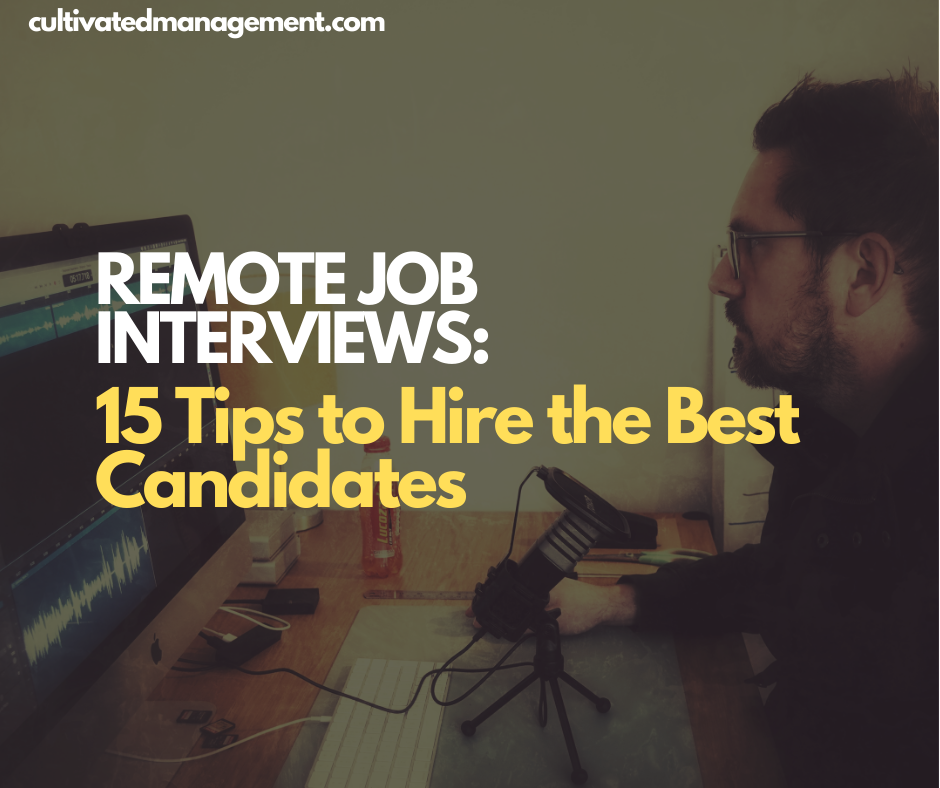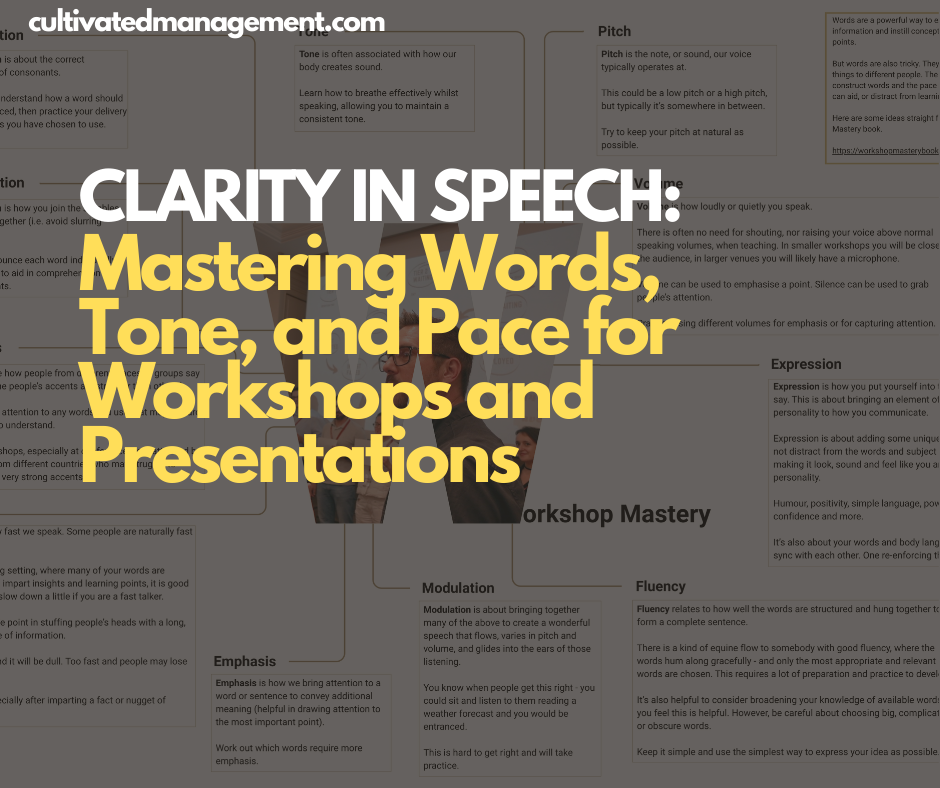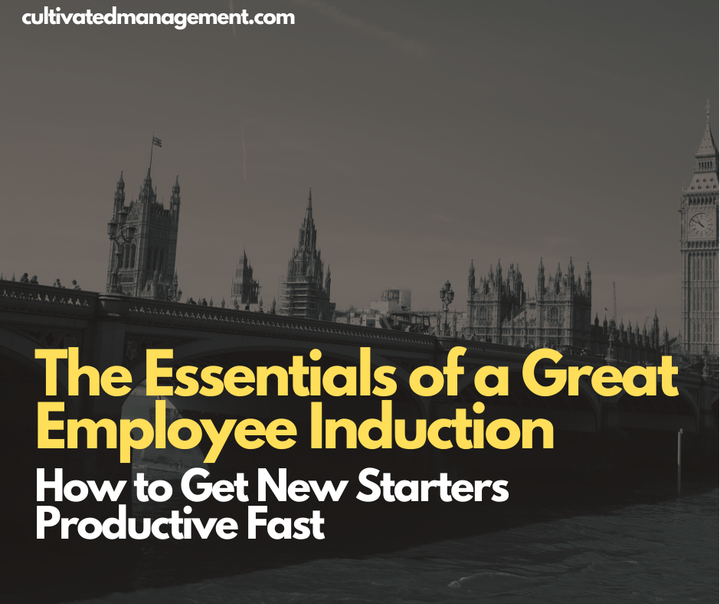Remote Job Interviews: 15 Tips to Hire the Best Candidates
In this article, I reveal 15 practical tips for hiring managers to conduct effective remote job interviews, ensuring a smooth process and positive candidate experience

In this video - and post, I share 15 tips for running remote job interviews that keep the bar high, put the candidate at the heart of the process, and help you make better hiring decisions.
Whether you’re new to remote hiring or refining your approach, these strategies ensure candidates feel respected, engaged, and impressed. Read on—or watch, or both!
1. Clarify the problem you’re solving
Hiring is about solving problems or seizing opportunities. What skills, experience, or capabilities are missing from your team? Structure your questions around solving those problems and define what success looks like for the candidate. If you’re unclear about the problem, do you really need to hire?
2. Be flexible
Candidates may be employed elsewhere or have other responsibilities. Offer times that suit them—early mornings, lunch, or evenings. Flexibility reduces friction and positions your company as a candidate-friendly option.
3. Structure the interview
Create an agenda and stick to it:
- 30 mins – Hiring Manager + Senior/Team Lead (behaviours, career aspirations)
- 1 hr – Team members (skills, experience, team fit)
- 30 mins – HR + Hiring Manager (legal, career planning, wrap-up)
Include breaks and time for questions. Stick to timing to maintain a smooth, professional process.
4. Prepare thoroughly
Check your location, lighting, internet, and devices. Have the candidate’s CV and details ready, and prepare your questions in advance. Early preparation reduces stress and demonstrates professionalism.
5. Share full interview details
Send candidates the agenda, people they’ll meet, call links, and expectations. Preparation helps them perform their best—and makes your evaluation more accurate.
6. Pair up interviewers
Always have two people per session to reduce bias and provide a balanced view. Allow candidates to meet as many team members as possible for insight into the company culture.
Ensure all interviewers are trained in behavioural questioning and legal compliance.
7. Take detailed notes
Use a structured note-taking method to capture answers, behaviours, and observations. Notes support decision-making and provide a record if legal issues arise. Avoid relying on gut feeling alone.
8. Compensate for lack of visuals
Enable cameras to see facial expressions and posture. Actively listen, provide verbal feedback (“yep”, “uhum”), and probe for clarification when needed. Remote interviews require extra attention to communication cues.
Trinity of Effective Communication Bundle: Get Zero to Keynote, Workshop Mastery, and the Communication Superpower course—all in one powerful package.
9. Avoid eating or drinking
Eating, drinking, or smoking on camera is unprofessional. If needed, mute your microphone.
10. Allow plenty of questions
Candidates will often ask questions to understand the role, team, company, and future opportunities. A lack of questions can signal low curiosity or engagement.
11. Use behavioural questions
Ask about past experiences rather than opinions:
- “Tell me about a time you had a conflict—how did you resolve it?”
- “Describe when you didn’t communicate as well as you could. What happened?”
Focus on actions, results, and learning.
👉 Here's some good ones on the Balance website.
12. Ask open-ended questions
Avoid yes/no, hypothetical, or controversial questions. Instead, encourage detailed examples:
- “Tell me about managing 25 people. What was challenging?”
- “You mentioned coaching your team—can you give examples and results?”
The binary or yes/no question – somewhat pointless
- “Did you work at X company for 10 years?”
The hypothetical question – a good communicator will have no problem spinning an answer you want to hear.
- “How would you cope with 14 direct reports?”
The probing or controversial question, designed to get a reaction.
- Don’t use it – why would you want to talk about something controversial in a fake setting on a call?
- “All degree students are useless – what do you think?
👉 Stick to open ended questions where possible.
13. Close professionally
End by outlining next steps with clear dates/times:
- When will you update the recruiter or candidate?
- What happens next in the process?
Clarity leaves candidates feeling respected and informed.
14. Make timely decisions
Document notes immediately after the interview and review with the team. Decide quickly—ideally within half a day—so candidates remain engaged and you don’t lose top talent. Communicate the outcome promptly, whether hiring or not.
15. Continuously improve
Review the entire candidate journey, from pre-interview to follow-up. Gather feedback from candidates and your team, and refine the process. Continuous learning makes you an expert at remote hiring.
Bring them all together
- Clarify the Problem – Know what skills or gaps you’re hiring to solve.
- Be Flexible – Accommodate candidates’ schedules.
- Structure the Interview – Create and stick to a clear agenda.
- Prepare Thoroughly – Check tech, location, and questions in advance.
- Share Full Details – Send agenda, links, and expectations.
- Pair Up Interviewers – Reduce bias and provide balanced feedback.
- Take Detailed Notes – Record behaviours and answers for decision-making.
- Compensate for Lack of Visuals – Actively listen and watch for cues.
- Avoid Eating or Drinking – Stay professional on camera.
- Allow Questions – Give candidates ample opportunity to ask.
- Use Behavioural Questions – Focus on past actions and results.
- Ask Open-Ended Questions – Encourage detailed, thoughtful answers.
- Close Professionally – Explain next steps clearly.
- Make Timely Decisions – Decide quickly and communicate outcomes.
- Continuously Improve – Review and refine the remote interview process.


